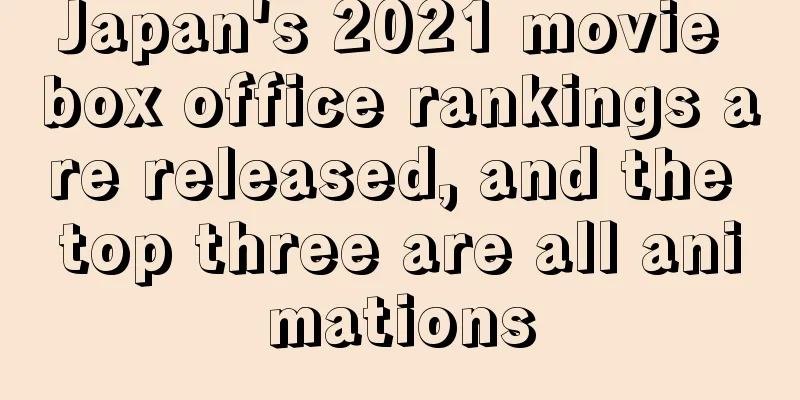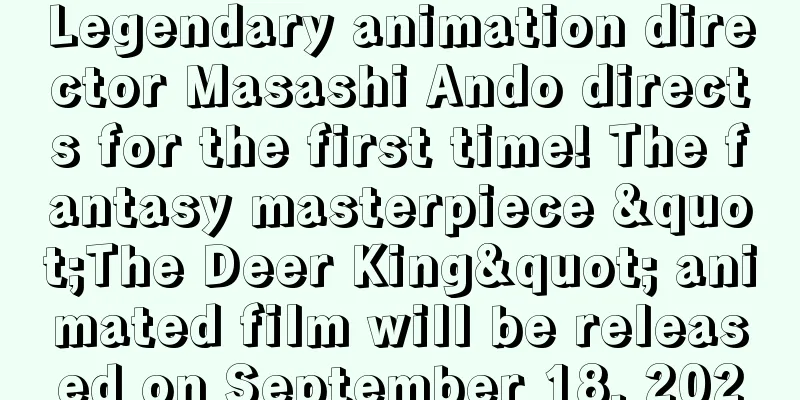Clap Your Hands in the Field: A Thorough Analysis of the Appeal of Everyone's Song

"Clap Your Hands in the Fields" - A Historical Masterpiece of Everyone's Songs"Clap Your Hands in the Field" is an episode of Minna no Uta that was broadcast on NHK Educational TV (now NHK E-Tele) in October 1964. This work is known as a masterpiece that successfully conveys the joy of interacting with nature to children in just two minutes. Below, we will delve deeper into the details of this work and why it continues to be loved today. OverviewAs you can tell from the fact that the original media for "Nohara de Te o tate" is listed as "other," it is not based on a specific manga or novel, but is an original work produced independently by NHK. It was broadcast in October 1964 on NHK Educational TV, now NHK E-Tele. The animation was done by Nakahara Shuichi, and the copyright belongs to NHK. Story and ThemesThe story of this work is very simple. It depicts children playing in a field, clapping their hands. The lyrics, "Clap your hands in the field, clap, clap, clap," are repeated, expressing the innocent smiles of children and the joy of playing in nature. This simplicity is one of the reasons why the song has been successful in conveying the joy of interacting with nature to children. The theme of the work is the importance of interacting with nature and the innocent playfulness of children. In the 1960s, Japan was in a period of rapid economic growth and urbanization was progressing. In the midst of this, opportunities for children to play in nature were decreasing, and this work appeals to the importance of interacting with nature. Background and Intention of Production1964, the year "Nohara de Te o tate" was produced, was also the year the Tokyo Olympics were held. During this time, NHK aimed to convey various messages to children through educational programs. In particular, Minna no Uta was aimed at conveying educational content to children through songs, and "Nohara de Te o tate" was produced as part of that effort. The intention behind the production was to convey to children the joy of interacting with nature and the fun of playing in it. Shuichi Nakahara, who was in charge of animation, succeeded in conveying that fun to viewers by realistically depicting the innocent expressions and movements of the children. Animation and MusicThe animation was done by Shuichi Nakahara. The expressions and movements of the children he draws are incredibly realistic, and he succeeds in conveying the joy of the show to the audience. In particular, the scene where the children clap their hands is charming in that it evokes a sense of rhythm and unity, making the audience want to clap along as well. The lyrics of the music are very simple: "Clap your hands in the field, clap, clap, clap," but the rhythm and repetition made a strong impression on the children. The composer is not specified, but it is thought to have been produced by NHK's music staff. This simple melody helps to convey to children the joy of interacting with nature. Social impact and evaluation"Clap Your Hands in the Fields" was extremely popular with children when it was first broadcast. In particular, the scenes of children playing in nature made a strong impression on viewers, and many children began to hum the song while playing in the fields. This work succeeded in conveying to children the joy of interacting with nature, and it can be said to have had a great educational effect. While this work plays a role as an educational program for NHK, it also occupies an important place in the history of Minna no Uta. Even now, more than half a century after it was first broadcast in 1964, this work continues to be loved by many people. The reason for this can be attributed to its simple story, which depicts the innocent playfulness of children and the joy of interacting with nature, and its rhythmic music. Detailed information about the work
Related works and recommendationsAlong with "Clap Your Hands in the Fields," the following works are considered historical masterpieces of folk songs:
Like "Clap Your Hands in the Fields," these works are known to have been successful in conveying educational messages to children. They have in common the fact that they convey something to children through nature and play. By watching these works, you will be able to feel the charm of Minna no Uta even more deeply. summary"Clap Your Hands in the Fields" is a historic masterpiece of folk songs that was broadcast on NHK Educational TV in 1964. In just two minutes, this work succeeded in conveying to children the joy of interacting with nature, and is still loved by many people today. Its simple story and rhythmic music portrayed the innocent playfulness of children, leaving a strong impression on viewers. While this work plays an important role as an educational program on NHK, it also occupies an important place in the history of Minna no Uta. Even now, more than half a century after it was first broadcast in 1964, it continues to be loved by many people. The reason for this can be attributed to its simple story, which depicts the innocent playfulness of children and the joy of interacting with nature, and its rhythmic music. By watching "Clap Your Hands in the Fields," you can reaffirm the importance of conveying the joy of interacting with nature to children. Also, by watching related works, you will be able to feel the charm of Minna no Uta even more deeply. Please watch this work and feel its charm. |
<<: Fruit Salad Song: A thorough analysis of the appeal and emotion of Minna no Uta
>>: MURDER review: Shocking developments and deep themes explored
Recommend
The Dream of Stray Cat Dorasuke: A Thorough Analysis of the Emotions and Charms of Everyone's Songs
"The Dream of Stray Cat Dorasuke" - A s...
That delicate emotional impact! Katsura Masakazu's masterpiece "I"'s" live-action Japanese drama new character demonstration
The live-action Japanese drama version of "I...
The second Japanese film commentator was found guilty of violating the law despite knowing that the precedent had been set.
In the legal world, some minor infringements that...
The new film directed by "Blue Beetle" will be a comedy with Aquaman and Destroyer joining forces
"Blue Beetle" director Ángel Manuel Sot...
The appeal and reviews of "Karakuri Kengoden Musashi Road": A novel world view and deep story
Karakuri Swordsman Musashi Road - A story of Kara...
Let's watch cat movies together! The first trailer of the TV animation "Chocolate and Vanilla" is released
Today (June 29), the famous shooting game Galgame...
Is this part of the plan? The Three-Body animation is postponed for two weeks
The official announcement of the postponement of ...
Wong Jing's new film "Chasing the Dragon 3: Chinatown" approved to start filming, starring Louis Koo and Donnie Yen
"Chasing the Dragon 3: Chinatown" has b...
Rumor has it that Louis Koo will star in the sequel to The Heaven Sword and Dragon Saber, Wong Jing responds
The film Heaven Sword and Dragon Saber: The Demon...
"Detective Conan" spin-off "Zero's Daily Life" new trailer will be released on April 4
The anime spin-off of "Detective Conan"...
Project A-ko 2 review: Did the Daitokuji zaibatsu's plot succeed?
"Project A-ko 2: The Intrigue of the Daitoku...
Experts are among the common people! The owner of a small supermarket in an island country made a super-image of Gundam Totoro from cardboard
Recently, some netizens shared their new discover...
Producer reveals sequels to action movies 'Little Man' and 'A Night of Violence' are progressing well
Bob Odenkirk, who played the role of Saul Goodman...
The appeal and reviews of "Brave Command Dagwon": A must-see anime guide
Brave Command Dagwon - Brave Command Dagwon ■ Pub...
Makoto Shinkai's next masterpiece "Weathering with You" theme song MV released
Today (October 24), the animated film "Weath...









